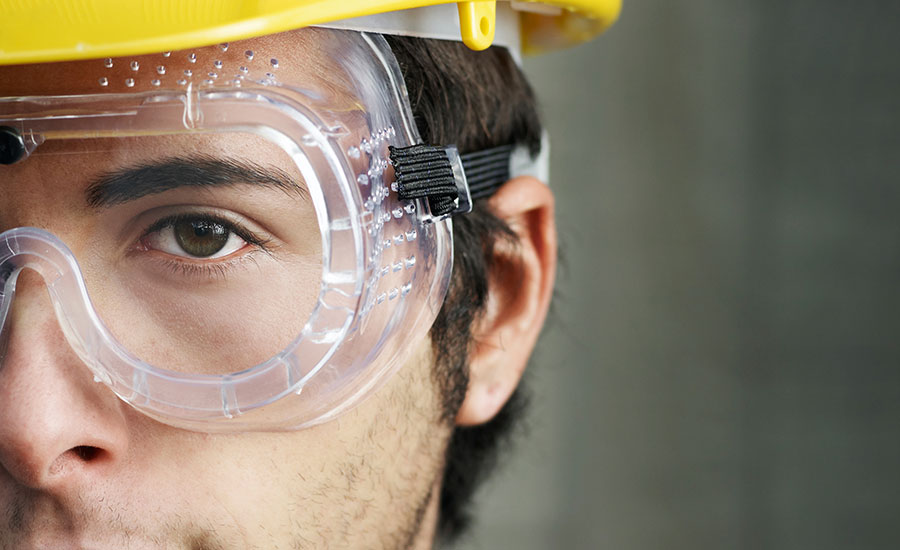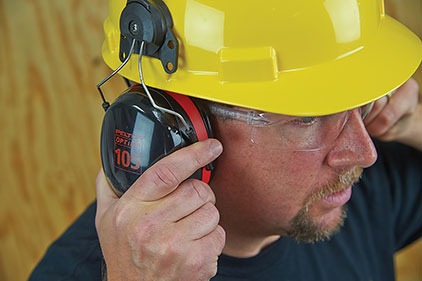PPE (Personal Protective Equipment) is designed to protect
employees from serious workplace injuries and illnesses caused from chemical,
radiological, physical, electrical or mechanical hazards. The truth is that PPE
is paramount for your protection, as it provides the last line of defence against
an injury.
98% of employees said they have seen others not wearing PPE
when they should have been and 30% said this happens repeatedly!
What are the top four excuses for not wearing proper PPE?
- Looks unattractive
- Too hot
- Poor fit
- Now easy accessible
Head Injuries

9% of all injuries are head injuries
84% of employees who sustain a head injuiry are not wearing head protection
84% of employees who sustain a head injuiry are not wearing head protection
Eye Injuries

50% of construction workers will suffer a serious eye injury
during their career
90% of all workplace eye injuries are preventable with the use of proper safety eyewear
90% of all workplace eye injuries are preventable with the use of proper safety eyewear
Hand Injuries

25% of all workplace accidents involve hands and fingers
Wearing gloves can reduce hand injury by 60%
Wearing gloves can reduce hand injury by 60%
Ear Injuries

25% of workers are regularly exposed to noises at or above
recommended limits
99% of noise-induced hearing loss is preventable if proper hearing protection is used
99% of noise-induced hearing loss is preventable if proper hearing protection is used
Put it on! From head to toe, always make sure you have the
right protection for the job!
Looking for affordable PPE? Visit L&A Safety's website or pop in to one of the branches in Cape Town, Vredenburg or Robertston!

